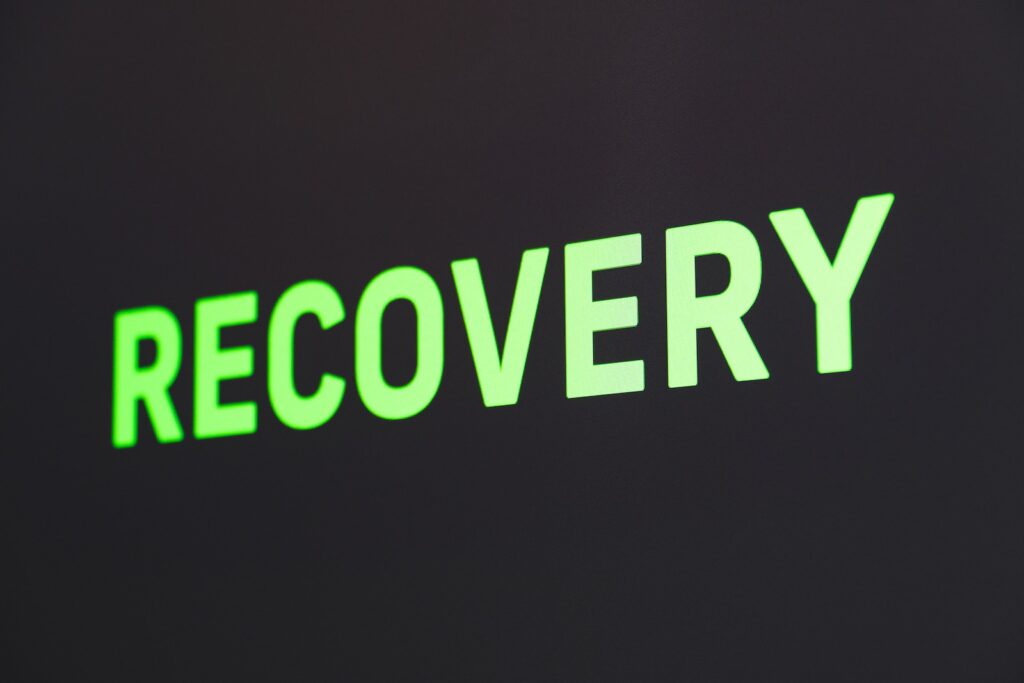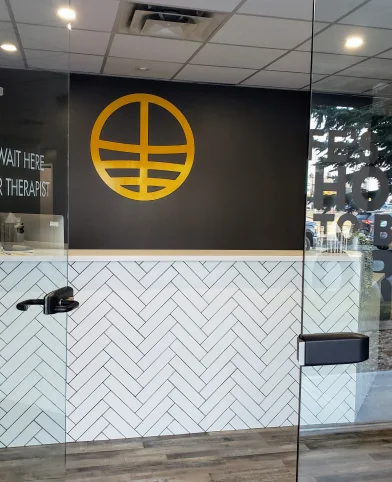Torn muscles can be a painful and frustrating experience for anyone. Whether you’re an athlete or just an active person, it can disrupt your daily routine and affect your quality of life. However, with proper care, torn muscles can heal, and you can get back to your normal routine. In this article, we will demystify the healing time for torn muscles and provide tips on how to prevent them, the stages of the healing process, rehabilitation exercises to speed up recovery, and signs that indicate a torn muscle has not healed properly.
Common Causes of Torn Muscles and How to Prevent Them
Torn muscles can occur due to various reasons, including sudden impact or trauma, overuse, or repetitive strain. Athletes who participate in sports that involve sudden changes in direction, jumping, or heavy lifting are more prone to muscle tears. However, torn muscles can also occur during everyday activities like gardening, lifting heavy objects, or even walking up stairs.
To prevent muscle tears, it’s essential to take proper precautions. Firstly, make sure you warm up before any physical activity to prepare your muscles. Stretching and doing mobility exercises can help reduce the risk of injury. Secondly, ensure you’re using proper technique and form when lifting weights or participating in sports. Thirdly, listen to your body and take rest days when necessary. Lastly, make sure you’re eating a well-balanced diet with enough protein, vitamins, and minerals to support muscle growth and repair.
Stages of the Healing Process for Torn Muscles
Once a torn muscle has been diagnosed, it is crucial to understand the stages of the healing process. There are three stages: the inflammatory stage, the repair stage, and the remodeling stage.
The inflammatory stage typically lasts for the first few days after the injury. During this stage, the body sends blood and other healing agents to the site of the injury to start the healing process. The injured area will feel tender, swollen, and painful during this stage.
The repair stage starts about three days after the injury and can last up to six weeks. During this stage, the body starts to repair the damaged tissue by forming scar tissue. The scar tissue helps to stabilize the muscle fibers and allow them to heal. It is important to note that scar tissue is not as flexible as healthy muscle tissue, which can lead to a loss of flexibility in the injured area.
The remodeling stage starts around three weeks after the injury and can last up to several months. During this stage, the body continues to break down and reorganize the scar tissue. The injured area may still be tender and sensitive during this stage, but the pain should start to diminish. Rehabilitation exercises can help to promote the reorganization of scar tissue and increase flexibility.
Rehabilitation Exercises to Speed up Recovery
Proper rehabilitation is essential to promote healing and prevent future injuries. Once the injury has been diagnosed and the healing process has started, it is important to start a rehabilitation program as soon as possible.
Rehabilitation exercises for a torn muscle typically include stretching, strengthening, and range of motion exercises. It is important to start with gentle exercises and gradually increase the intensity as the muscle heals.
Stretching exercises can help to improve flexibility and prevent scar tissue from becoming too stiff. Strengthening exercises can help to rebuild the muscle fibers and prevent future injuries. Range of motion exercises can help to increase flexibility and prevent the muscle from becoming too tight.
Physical therapy can also be beneficial for promoting healing and preventing future injuries. A physical therapist can design a customized rehabilitation program that targets the specific needs of the injured muscle.
Signs that Indicate a Torn Muscle has not Healed Properly
It is important to monitor the healing progress of a torn muscle and watch for any signs that indicate the muscle has not healed properly. Some of the signs to watch for include:
- Continued pain and discomfort in the injured area
- Swelling and tenderness that does not improve with time
- Limited range of motion or stiffness in the injured area
- Weakness in the injured area compared to the opposite side of the body
If any of these signs are present, it is important to seek medical attention. A healthcare provider can perform imaging tests, such as an MRI or ultrasound, to evaluate the healing progress of the muscle.
In some cases, surgery may be necessary to repair a torn muscle that has not healed properly. This is typically only necessary if conservative treatments, such as physical therapy and rehabilitation exercises, have not been successful in promoting healing.
Conclusion
Torn muscles can be painful and debilitating, but with proper diagnosis and treatment, they can be effectively managed. It is important to understand the common causes of torn muscles and how to prevent them, as well as the stages of the healing process and rehabilitation exercises to speed up recovery. Monitoring the healing progress and watching for signs that indicate a torn muscle has not healed properly is also essential for successful recovery. With patience, dedication, and proper care, a torn muscle can be healed, and full function can be restored.





